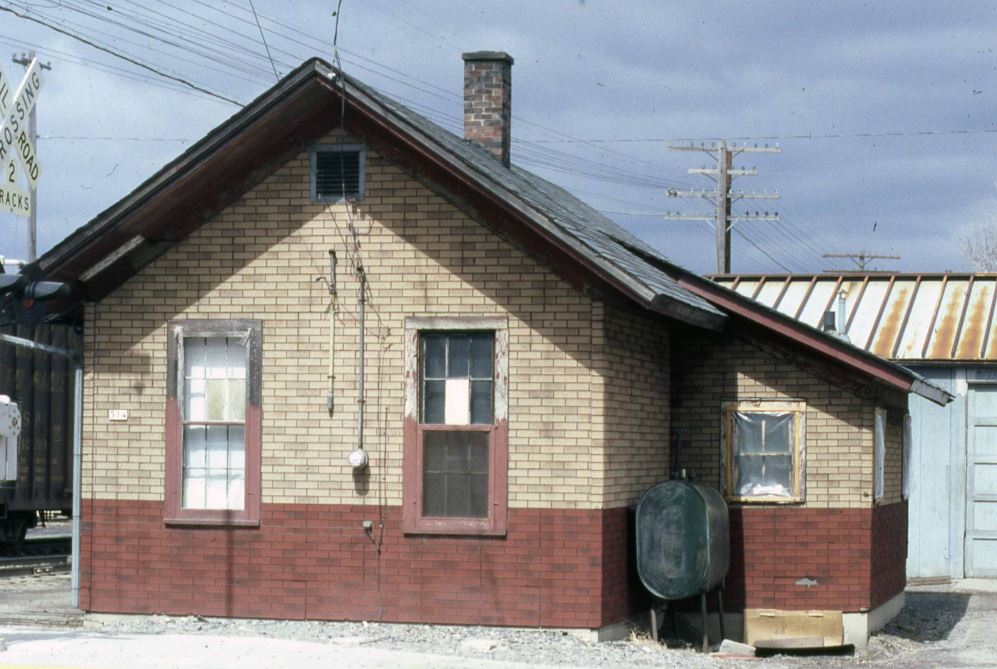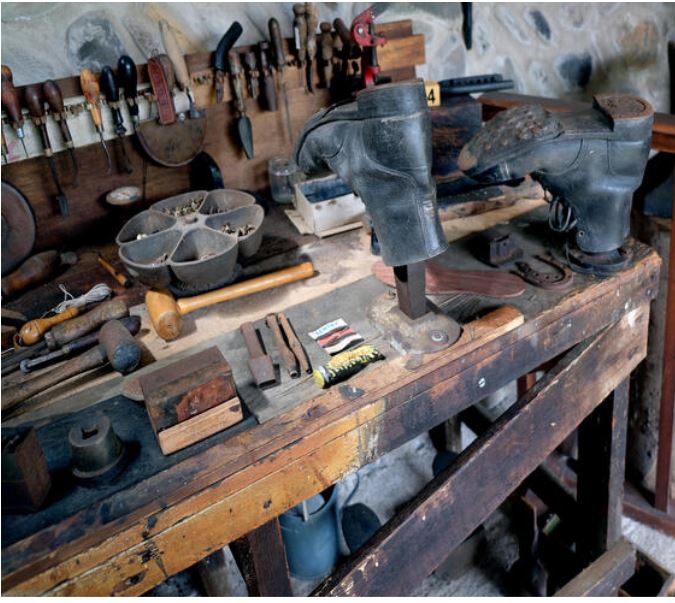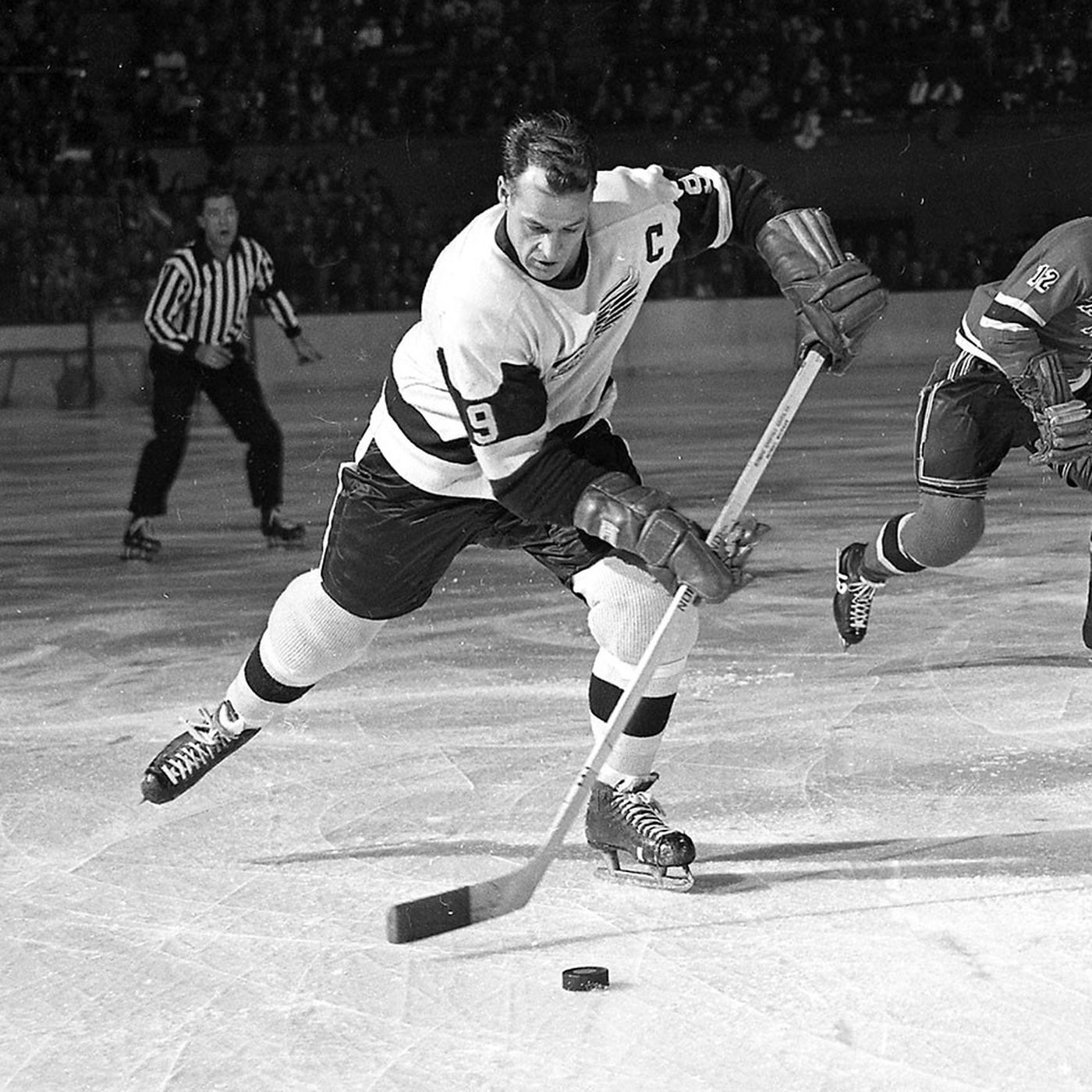October 1, 1966 – Arcola, Saskatchewan
About three times a year in my youth, I would visit Arcola’s equivalent of Middle Earth. The mystical realm existed just west of the Town Hall, on the corner of Souris Avenue and Claire Street.
From the outside the building looked like most other houses in the neighbourhood; a nondescript Insulbrick-clad cottage, with a south-facing entrance. Caragana and Lilac bushes defined the property boundaries; a giant Manitoba Maple standing in the back yard dappled the roof. Feral grass covered the ground and protruded from every crack in the sidewalk leading up to the entrance.
A hand-painted sign in the window proclaimed:
M. Hawkins – Shoemaker – Skates Sharpened –

Dull skates or shoes with holes in the soles were the key to this realm. If you possessed a pair, you were allowed entrance.
On a brisk October morning in 1966, worn-out boots in hand, I crossed the threshold of the porch. Reality stayed behind on Claire Street, and I entered a world apart.
The first transcendent sensation was the smell – tanned leather, shoe oil, and wood smoke. Then, as my eyes adjusted to the light, my mind also recalibrated. The space was small and dark; overcrowded with a bizarre array of gadgets and antiquated equipment. Material was piled everywhere: leather hung in drapes on the walls and lay coiled in heaps. Boxes of tacks and hardware were scattered on every level surface, the tops lolling open like silent tongues. There was an array of oily machines perched on haphazard benches, their utility defied logic.

Deep from within the piles, a not-unfriendly voice queried:
“What have you got, Son?“
“I am here to pick up my skates, and Dad’s boots have holes.” I clumped them on the counter.
I strained to see where the voice had emanated from. A stool in the back swivelled and a pair of feet thumped on the wooden floor. Murray the shoemaker, shuffled toward the counter.
Murray had a pleasant face and his hair was well-groomed, but that is where convention stopped. Unravelled, he may have been of average height, but Murray Hawkins was decidedly ravelled, his body twisted by polio. Murray’s back was a mountain under a disheveled shirt. His torso stooped; his hips sloped at an impossible angle. The shoemaker’s distorted legs were supported on boots that could not be accurately described as a pair. The sole of his right shoe was eight inches thick and the other bent where shoes should not bend.
Murray grasped Dad’s boots with the strongest hands and forearms I have ever seen. Calloused and stained from years of shaping leather, the shoemaker’s hands were a marvel of dexterity, attached by powerful arms to an awkward jumble of body parts.
“These boots will need soles and heels. Your skates are on the wall behind you. Tell your dad his repairs will be ready Saturday; he can pay for the skates then.“
The shoemaker plopped Dad’s boots on a pile and dragged himself back toward the stool.
“Thanks Mr. Hawkins”. I pulled my skates off a peg on the wall and turned to re-enter reality.
“You will score more goals than Gordie Howe now, Kid!”
I glanced back over my shoulder as I turned onto Souris Avenue. Murray Hawkins’ distorted silhouette threw a shadow on the window. I wondered, why do some people contract polio, and others skate through life like …
… Gordie Howe?

This is one in a series of stories entitled Tales from Dead Ted’s, a chronicle of fictional events with just a kernel of truth in each. The events occurred in and around Arcola in the 1960s and 1970s. Click on the link below for more stories about growing up on the Canadian prairie.
wellwaterblog.ca – tales from dead ted’s


Richard Haddow
Interesting stories wasn’t the shoemaker Murray Hawman. And he got killed at the fairgrounds corner and 604 hit by gravel truck
Russ Paton
Yes, I change the names in most of the stories, just because they are more fiction than fact. I wasn’t aware how Murray died. Tragic.
Judy D
This brought me back to days past of taking shoes to the basement shoe repair shop here in Brandon. They must have all had the same decorator as I recall the darkness, the cluttered shelves, the smells. All just as you described!
Russ Paton
Smells are a quick trigger to the memory bank, and a shoemaker’s shop had plenty of them.